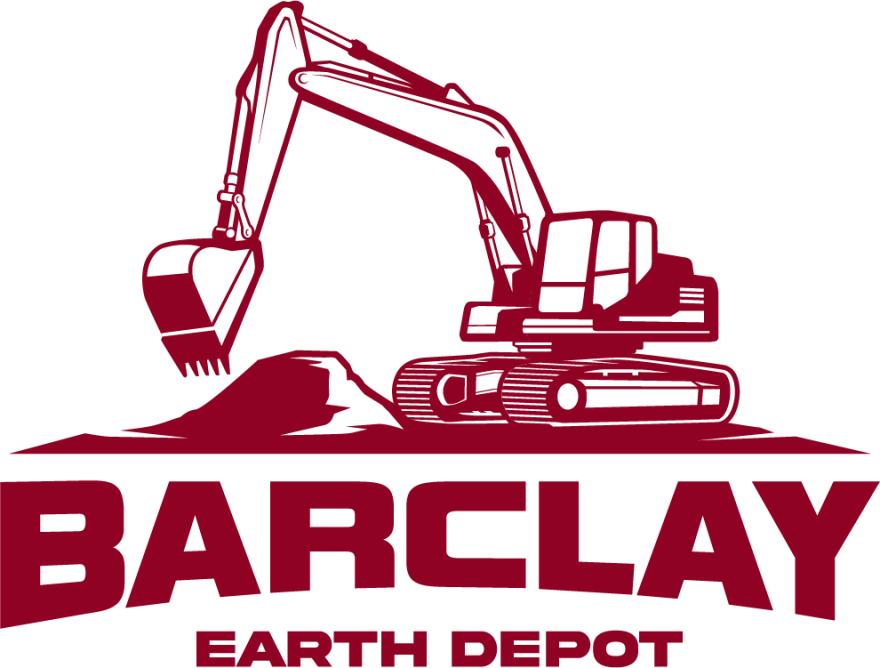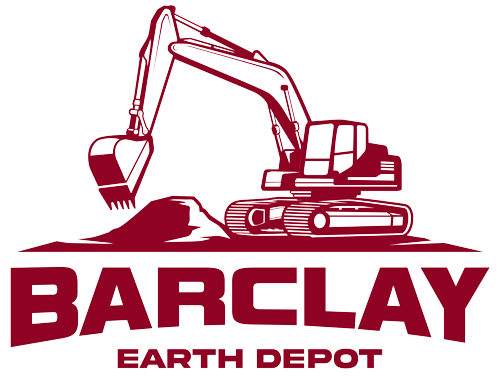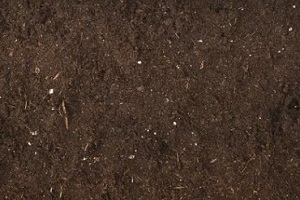 Soil is an important natural resource used for a variety of purposes including growing crops, building homes, designing landscapes and creating other structures. There are many types of soil, each with its own uniquehttps://www.earthdepot.com/wp-admin/post.php?post=675&action=edit#edit_timestamp properties usually specific by region.
Soil is an important natural resource used for a variety of purposes including growing crops, building homes, designing landscapes and creating other structures. There are many types of soil, each with its own uniquehttps://www.earthdepot.com/wp-admin/post.php?post=675&action=edit#edit_timestamp properties usually specific by region.
In Florida, there are several types of soil that are commonly available to businesses and individuals; however, not all types are suitable for all purposes. Houses and other weight-bearing structures require a different type of soil than plants, and some plants require different soils than others.
In order to choose the right soil for improving or building a home or completing a landscaping project in Florida, you must understand the types of soil available.
Types of Soil in Florida
There are many types of soil found in Florida, but some of the most common ones include:
1. Sand
Sandy soils are formed from small particles of rocks that have been broken down by weathering and are lightweight and porous. This type of soil is ideal for growing plants that need good drainage, such as vegetables and fruits. Sandy soil also warms up quickly in the spring, which makes it ideal for planting early crops.
One disadvantage of using sandy soil in Florida is that it does not retain water well, meaning that it can be difficult to keep plants hydrated. Additionally, it can also be relatively nutrient-poor, meaning that plants growing in sandy soil may need additional fertilizer to thrive.
2. Clay
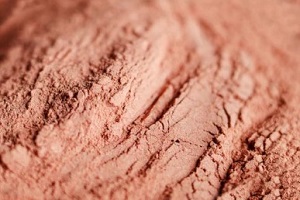 Clay soils are made up of tiny particles of minerals that have been weathered and compacted over time. They are sticky when wet and can be difficult to till but are one of the more popular options for soil in Florida.
Clay soils are made up of tiny particles of minerals that have been weathered and compacted over time. They are sticky when wet and can be difficult to till but are one of the more popular options for soil in Florida.
Clay has many advantages, such as being able to hold a great deal of water and being very durable, which makes it perfect for landscaping projects with plants that require a substantial amount of hydration. However, it can also be quite dense and difficult to work with, which can be a disadvantage for some projects.
3. Fill Dirt
Fill dirt is a type of soil that is used to fill in uneven areas, help with drainage and improve the quality of the surrounding soil. In Florida, it is commonly used to fill in low areas that accumulate water after heavy storms, improving drainage and preventing erosion. Fill dirt serves as the backbone of many landscaping projects and is available in several different varieties that are tailored to specific areas.
Some of the more common types of fill dirt are clean fill and screened fill. Clean fill is typically soil that is excavated from a construction site and is clear of debris and contains only known components. The soil is usually screened to remove large rocks, tree stumps and other large objects. Screened fill is similar to clean fill, but the soil is not screened as thoroughly and often contains more debris than clean fill.
4. Loam
Loam soil is a mix of sand, clay and silt and is considered to be good soil for plant growth due to its healthy balance of nutrients and water retention. It also has a good structure, which means that it can support plant growth without becoming compacted.
It is often used not only for gardening but also for farming as the addition of loam soil can help to improve the overall quality of the soil in an area.
Loam soil also has some drawbacks. It can be difficult to work with due to being sticky and clumpy. Additionally, it can be prone to erosion if it is not properly maintained and protected.
Silt vs. Loam
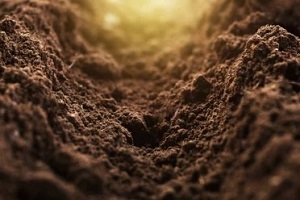 Silt and loam are two types of soil that are often confused with one another by land developers in Florida. Silt is fine-grained soil that is made up of small particles, while loam is a mixture of sand, silt and clay.
Silt and loam are two types of soil that are often confused with one another by land developers in Florida. Silt is fine-grained soil that is made up of small particles, while loam is a mixture of sand, silt and clay.
Loam is considered to be the best type of soil for certain gardening applications because it has a balanced amount of each particle size to allow for good drainage and air circulation. Silt, on the other hand, is not as good for gardening because it can become waterlogged and does not drain well.
However, silt has a smaller particle size than loam, which gives it a higher surface area-to-volume ratio. This means that water and nutrients can more easily reach the plant’s roots. Silt is also more fertile than loam, but it does not compact as easily.
Finding the Perfect Soil Type For Your Next Project
Soils are an important factor that must be carefully considered in construction and landscaping projects in Florida. Different types of soil are available throughout the state, and it is important to use the proper type for each project in order to ensure durability and quality.
Using the right type of soil will ensure that your project is fully supported and able to thrive for the long term. To determine what the best options are for your next endeavor, contact the team of experts at Barclay Earth Depot today at 941-933-4448.
